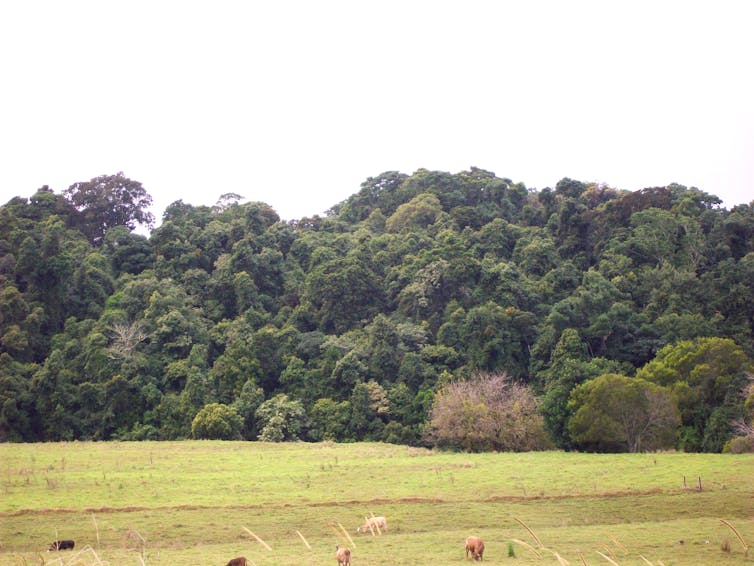Beekeepers have been urged to look out for dwarf honey bee nests, especially around Port Kembla and Wollongong where the world’s smallest honey bee could pose a huge threat to the apiary industry and environment.
NSW Department of Primary Industries Chief Plant Protection Officer Dr Satendra Kumar said a nest of dwarf honey bees was recently found on a ship docked in Melbourne, but which had also previously docked at Port Kembla.
“Upon investigation the nest was found to be without a queen, meaning there was a small possibility that a queen and swarm may have left the ship during its journey,” Dr Kumar said.
“We’re urging all beekeepers in the Illawarra to be on alert for suspect nests, which can be hard to spot as they typically form on branches surrounded by foliage.
“Dwarf honey bees, Apis florea and Apis andreniformis only grow to about 10mm long but they are highly invasive, aggressive and host several species of parasitic mites.”
While the species does not carry the number one threat to Australian honey producers, the Varroa mite, they do carry the Tropilaelaps and Euvarroa mites which are major threats to European honey bees.
“It’s critical that we do everything possible to protect our environment and bee industry from invasive bee species like dwarf honey bee,” Dr Kumar said.
“If you see a suspect nest or bees, please report it to NSW DPI so that we can investigate and take appropriate action.”
Dwarf honey bees have a thick red/orange or black thorax and alternating dark brown and white abdominal banding, with a clear wing colour with dark brown veins.
They are social bees which live in colonies of approximately 3,000 insects and swarm readily, making them a major threat to the Australian environment.








